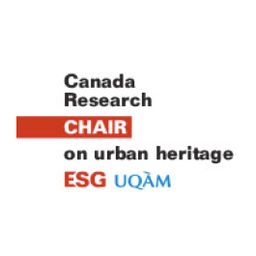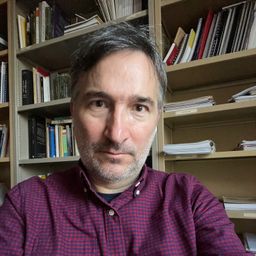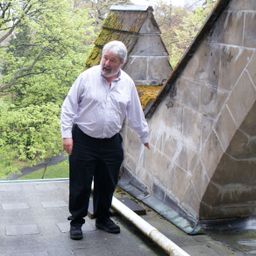Thursday 25 May, 2017
The purpose of the Roundtable is to use the recently published "Canada. Modern Architectures in History" as the foundation for discussing the palimpsest of Canadian architectural history, and more widely of future directions in its study together with of the modern movements in design. In particular the de- and re-generation of modernism, means to correct the ongoing side-lining of Canadian architectural production in the international literature and the future of its historiography.
As a marker within territory, architecture stakes a claim over that territory on behalf of those who design and build. In Canada, this dynamic inscribed colonial powers onto the land in the wake of Indigenous dispossession, and this architecture is often celebrated as reflective of settler nationhood. Yet other architectures also emerge out of this colonial past: those specifically constructed to further Canada’s attempts to assimilate First Nations, Inuit and Métis communities into the do...
Economy—from the Greek oikois (home) and nemein (manage)—has held diverse meanings throughout history, and at multiple scales; from cities and buildings, to labour and materials. This session invites papers to reflect on the economies of architecture, both at the macro- and microeconomic scales, and throughout the life of buildings, from construction to maintenance, and (re)use. In particular, it asks scholars to explore how economy can be a productive category for architectural research, ...
This year, Canada marks the 150th anniversary of Confederation. To celebrate this momentous event, communities and organizations are uniting to examine our past and present, to consider plans for the future, and to try to define Canadian national identity. As a nation, Canada has always been a land of many voices, and thus of many identities; a fact that was formally recognized by parliament as multiculturalism some fifty years ago. Since then, we have become increasingly aware that Canadi...
This year, Canada marks the 150th anniversary of Confederation. To celebrate this momentous event, communities and organizations are uniting to examine our past and present, to consider plans for the future, and to try to define Canadian national identity. As a nation, Canada has always been a land of many voices, and thus of many identities; a fact that was formally recognized by parliament as multiculturalism some fifty years ago. Since then, we have become increasingly aware that Canadi...
Recuperation, reuse, recycling, reconversion, requalification: for over half a century, these concepts have been simultaneously associated with the notion of heritage. This period has been, in effect, marked by the transition from a “heritage of contemplation” to a “heritage of use,” to borrow Jean-Claude Marsan’s expression. In fact, buildings and sites are no longer just safeguarded for historic or aesthetic considerations, but for a new usage that is supposed to give them contemporary r...
This lecture examines some of the many fine historical churches in the Niagara region from the 1830s to the early 20th century. We commence with St Andrew's Presbyterian Church, Niagara-on-the-Lake (1831) and explain Scottish, English and American associations for the 'temple-form' design. After brief consideration of St Vincent-de-Paul Roman Catholic Church, Niagara-on-the-Lake, attention is turned to the Methodist Church at Beaverdams and the reconstruction of its original 1830s design a...














